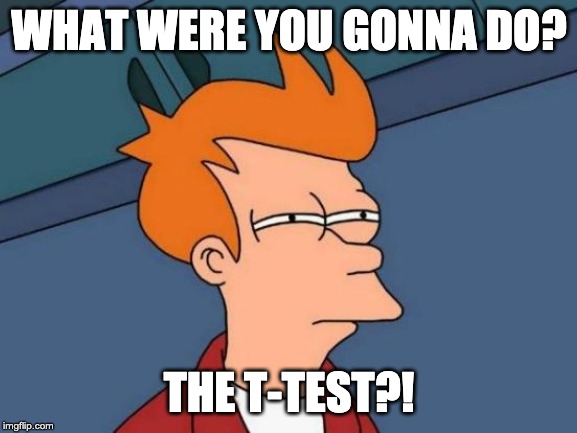Most data science talks tell you how to do 2 group comparisons, i.e. "A/B" tests, with the t-test.
I have Three Messages
- Message 1: You don't have to be stuck with two groups and normal distribution assumptions.
- Message 2: PyMC3 is a great language for probabilistic modelling.
- Message 3: With Bayesian modelling, we can move away from canned statistical procedures, and do statistics in a principled fashion.















